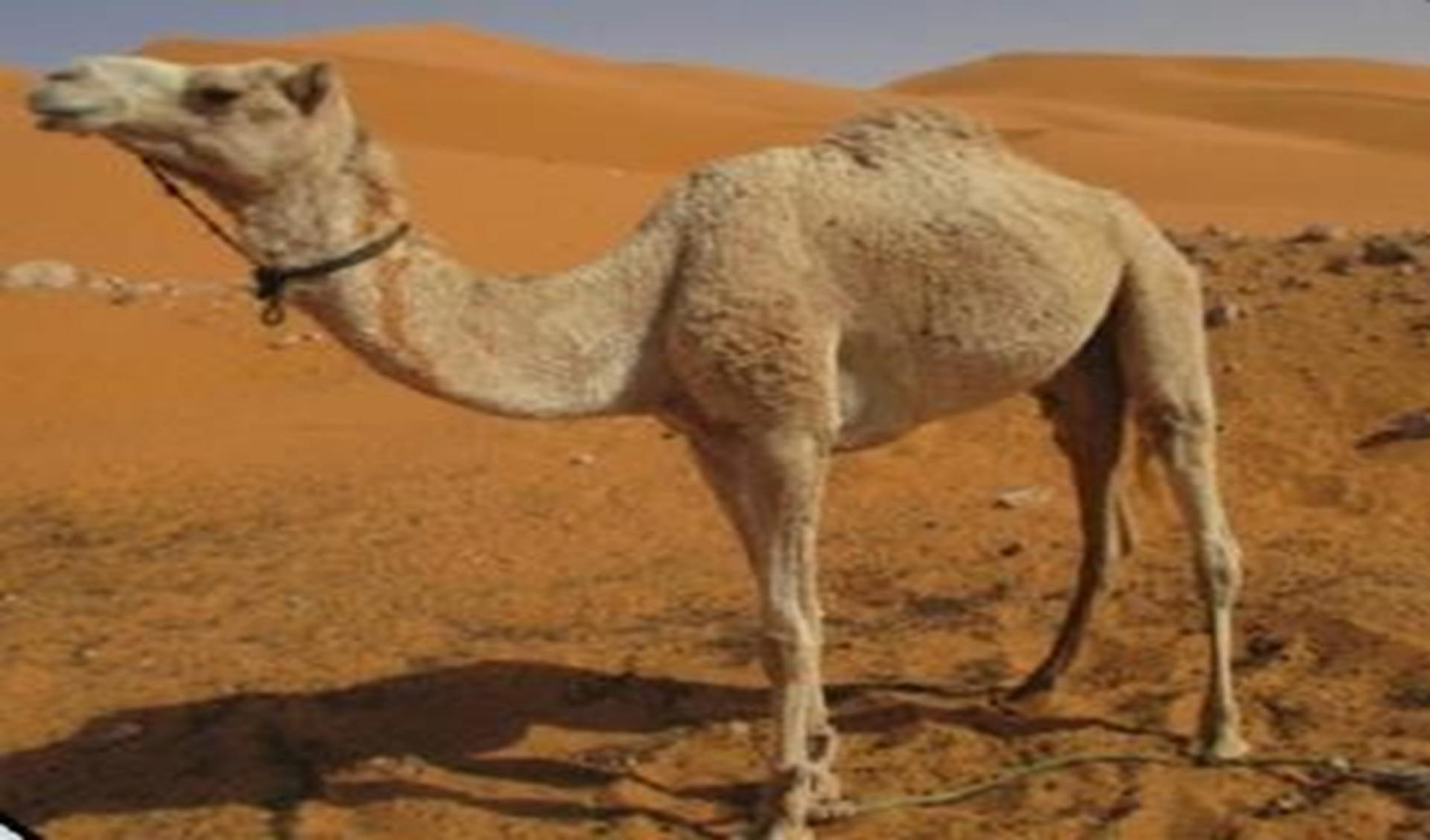Analyse moléculaire du microbiome bactérien dans le rumen du dromadaire algérien
DOI :
https://doi.org/10.19182/remvt.37010Mots-clés
Camélidés, microflore du tube digestif, environnement naturel, fluide du rumen, AlgérieRésumé
Les communautés bactériennes des pré-estomacs, notamment le rumen, jouent un rôle important dans les processus digestifs des ruminants et des pseudo ruminants. Pour étudier le microbiote du rumen dans le pseudo-rumen de camélidés (Camelus dromedarius) élevés dans un environnement naturel en Algérie, la diversité bactérienne a été déterminée chez 25 dromadaires en utilisant le séquençage de l’amplicon du gène de l’ARNr 16S. Un total de 25 phyla bactériens a été identifié sur l’ensemble des échantillons, dont les Firmicutes (près de 85 ℅), les Bacteroidetes (environ 12 %) et, dans une moindre mesure, les Proteobacteria (< 1 %), ces trois phyla représentant ensemble plus de 97 % de la totalité des séquences analysées. Nos résultats sont cohérents avec les observations antérieures de la diversité et de l’abondance des communautés bactériennes dans le rumen ou le pseudo-rumen d’autres espèces de ruminants (domestiques ou sauvages), bien que l’abondance des phyla bactériens individuels ait montré des disparités remarquablement élevées. Les liens entre la richesse et le type de régime alimentaire et la composition du microbiome du rumen sont discutés.
Téléchargements

Téléchargements
-
Résumé545
-
pdf 243
Reçu
Accepté
Publié
Comment citer
Licence
© N.Sahraoui et al., publié par CIRAD 2023

Ce travail est disponible sous la licence Creative Commons Attribution 4.0 International .
Funding data
-
Université de Liège
Grant numbers Santé et productivité des élevages du dromadaire au sud d’Algérie;D01N01UN090120220002





